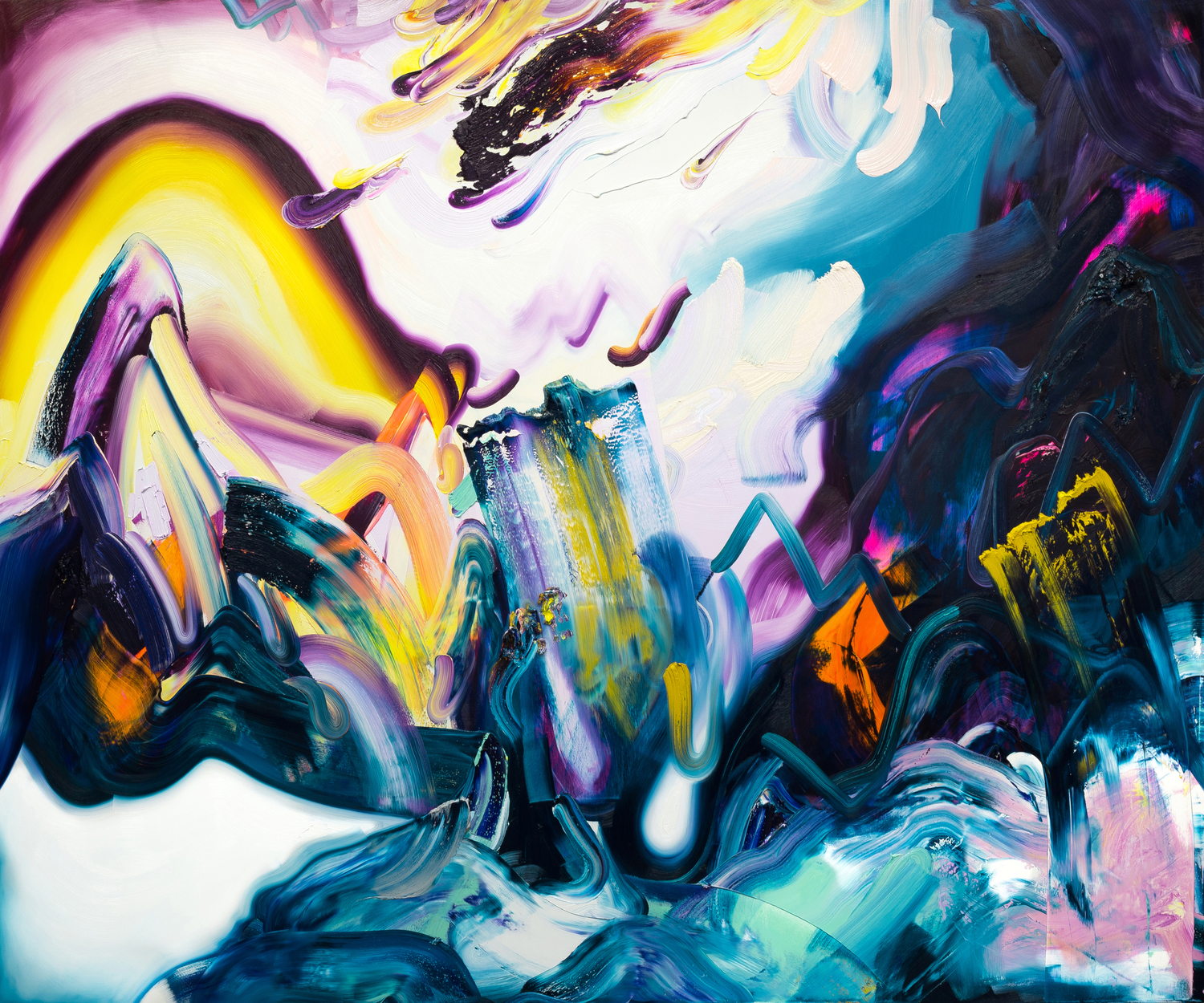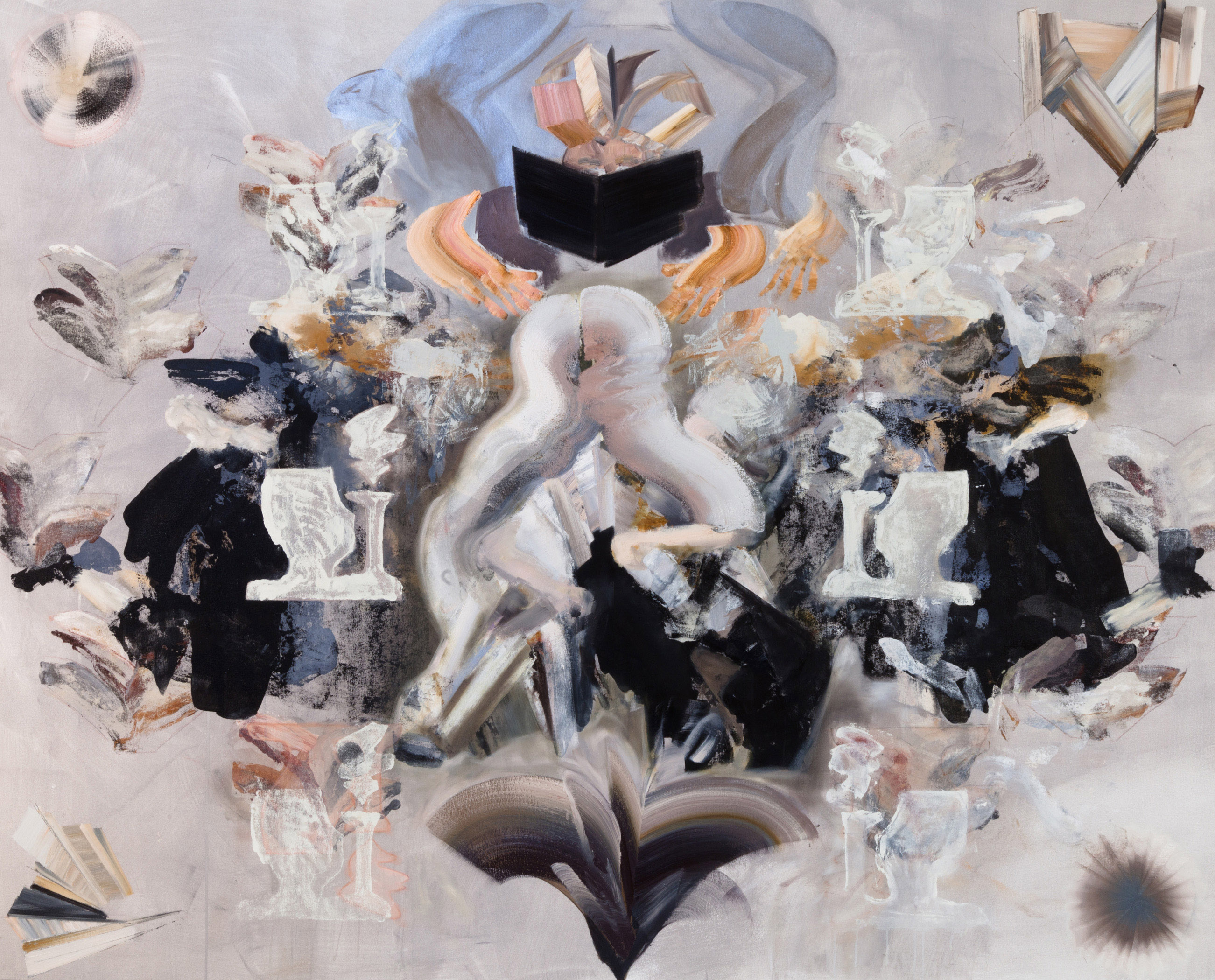Exhibition Review by Randy Gladman for Momus
I visited Erin Loree’s Toronto studio a couple months before her first commercial exhibition, Midnight Bloom, opened at Angell Gallery in January. Working from her new large studio, inherited from painter Kim Dorland, Loree had taken advantage of the extra space. Like a jade sapling that experiences rapid growth after replanting into a much larger pot, Loree’s canvases exploded in scope, scale, and vibrancy. Quadrupling the size of her previous work, Loree is still rooted in the same aesthetic she has been exploring throughout her young career, though she’s clearly stretching to achieve something new with abstraction. She renders high-key color from an expansive palette and imbues her canvases with muscular energy. Her largescale works are not easily dismissed; even in her poorly-lit, cluttered studio, where they lean against tables and hang haphazardly, Loree’s paintings share a unique organization of color and composition, and enchant. Installed properly on the generous walls of Angell Gallery, they dominate.
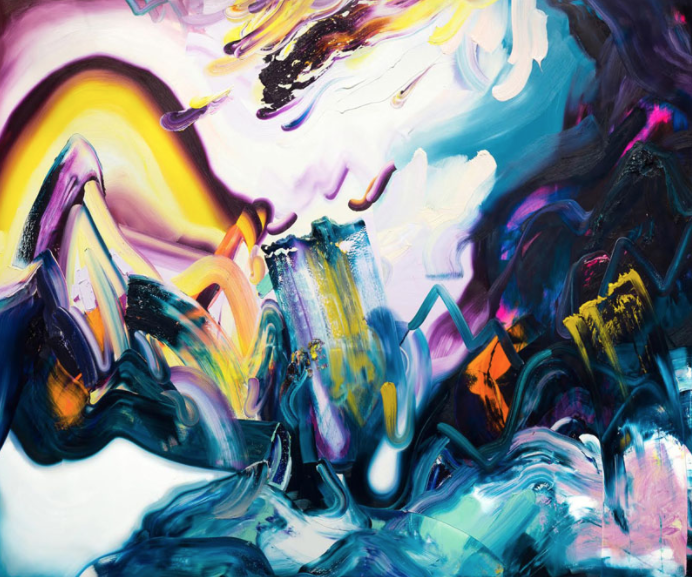
The creative process at work is best demonstrated in Tug-O-War (2015). At 100 x 120 inches and rendered in oil, it’s the largest piece in the exhibition, and crackles with mixing, adding, and subtracting techniques. From an intuitive layering of wet and feathery brushstrokes combined on the same plane with globular droppings and dry scraping of impasto paint, Loree’s efforts are belligerent in their disregard of any sense of consistency or careful structure. The loose acceptance of accident and serendipity delineates a maturity that belies Loree’s emerging state. Taking cues from Les Automatistes, her abstractions work themselves out across the canvas, with paintings like Entanglement (2015) and Tavern Madness (2015) suggesting that she navigates her medium on an unconscious level. Through iterative action and reaction, Loree has told me she homes in on her destination, arriving by feel rather than by plan. While some of the works, such as Mirroring (2015), appear cumbersome, lacking in seductive complexity, and in want of tighter editing, they reveal a young artist unafraid of getting lost and making mistakes.
Kim Dorland has been an early champion of Loree’s, having curated her in a group show at Angell Gallery in 2015 and bestowing her with his envied downtown Toronto studio upon his decampment to British Columbia. Though working with narrative content rather than abstraction, his aesthetic influences on the young artist’s visual sensibilities are difficult to dismiss. Both his comfortable handling of thick, uneven impasto, and his manipulation of neon highlights appear throughout Midnight Bloom, and though Loree offers none of Dorland’s sullen narrative, his imprint upon her understanding of contemporary painting is clear. Loree’s career, as it matures, will potentially serve as evidence of Dorland’s influence on a younger generation of artists.
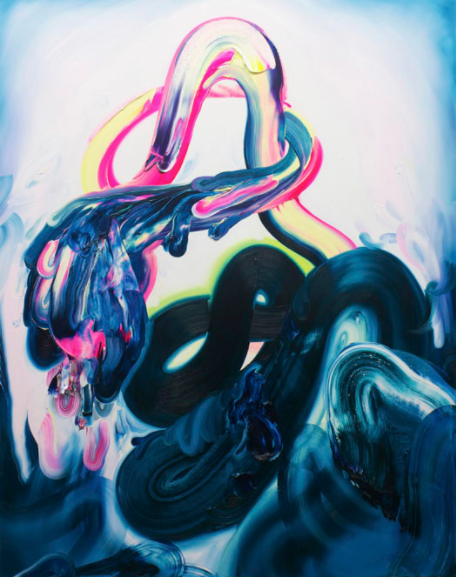
Jamie Angell is respected for his history of identifying and market-testing brilliant yet unproven young talent (including Dorland more than a decade ago), and is the first important dealer to support Loree with a major solo exhibition. Even more fundamental than his massive white walls in his still-new Junction location, the value of the encouragement he provided Loree to be big and bold at this important moment in her still nascent career has had an effect.
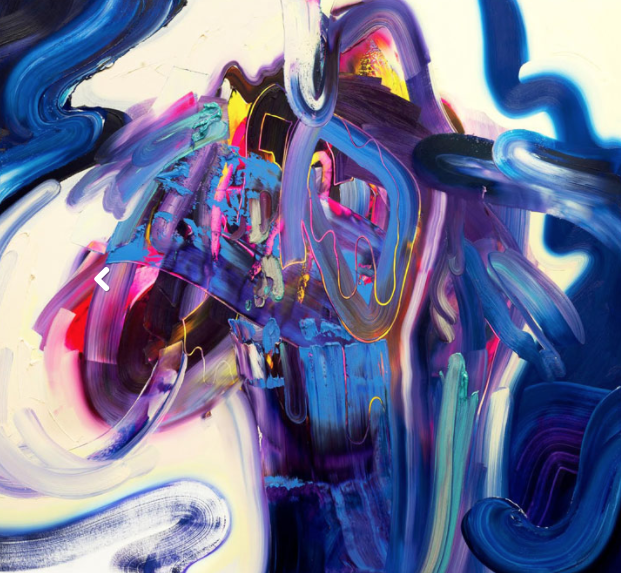
Midnight Bloom
Angell Gallery
January 8-30, 2016
Originally published for Momus, January 29, 2016
www.akrylic.com
